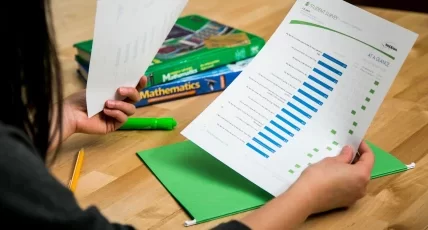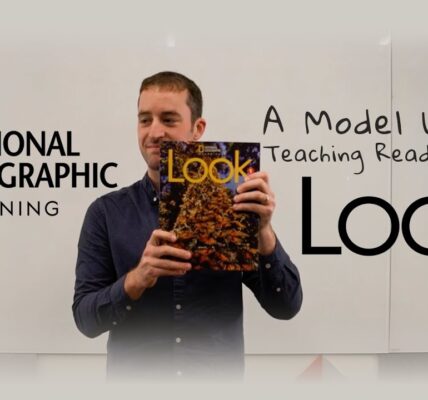Today’s world is constantly evolving at a breakneck pace, and for billions of teachers educating at classrooms or course selling apps, this may be the most essential time in history to appreciate the essentiality of invention in the classroom.
So, what exactly is creativity?
In and of itself, the term “creativity” covers a wide range of topics. While it’s tempting to think of creativity as an ability and believe that everybody who can draw or sing is innovative, the reality is significantly more complicated. It’s safe to assume that the most outstanding achievements of our time have all been driven by imagination. When you look about, you’ll notice that we’re dominated by technology that could not have occurred if it hadn’t been for highly creative and motivated people who were willing to embrace uncertainty, challenge assumptions,try new things ,refusing to accept no for an answer, and coming up with creative solutions to a variety of difficulties.
How do you inspire students to be more creative in the classroom?
1.Promote a variety of approaches to problem-solving:
When it pertains to nurturing creativity, versatility is essential. It’s about pushing children to keep going on their voyage of discovery even if their first concept doesn’t succeed, to study other options, and to try, and attempt again until they succeed. As a result, children become more resilient and confident in their ability to solve problems independently.
2.Make relevant assignments that permits pupils to use their skills to their advantage:
Because no two persons are alike, no two pupils should be required to study in the same way. Create assignments that play to each child’s particular abilities – if it’s a topic they’re fascinated in or the structure or technique you use, it’s simpler to inspire true creativity if you can engage them in the task.
- Create a welcoming environment in which failure is accepted and embraced:
In my opinion, the function of creativity in the classroom is to create a secure and inviting atmosphere in which students can freely express themselves and try out their own innovative solutions without feeling obligated to “just get right.” It’s critical that we let students discover many alternatives in order for them to grow and prosper in the classroom.
- Creativity should be woven into all subjects.
It is possible to be innovative in any field! It’s not necessary to rewrite the entire program; instead, it might be as easy like using clay to make structures or performing word-search bingo as a spelling practise. Even courses that are more specified and structured, such as mathematics and science, have spaces where innovation can be included to help students to gain a deeper knowledge.
- Individualize training sessions and strategies to meet the needs of each student.
We may believe that a youngster who draws and enjoys painting is creative since we frequently associate creativity with artistic ability, but this is a mistake. Creativity and the capacity to take an active interest in learning can take many shapes, and each individual will interpret it differently.
Educators must be aware of the distinctions and tailor their instruction accordingly. Some kids, for instance, may be auditory learners, while others may prefer to learn through doing, or by reading or listening to information.
- Put yourself in the shoes of an adult in the room and see things from their point of view.
Creating an interesting and creative classroom, particularly in a remote learning situation where students are taught through a screen or create online courses platforms, can be difficult. One of the most important things I would advise instructors to do is to promote their own originality. How would you instruct your students if you were unable to speak? Would you like to draw? Would you use symbolism if you had to? Would you send a coded message to your kids via emoticons and have them sort it out? Would you participate in a game of charades? We have almost no option but to be innovative in the approach we educate if we push ourselves as adults and encourage innovation.
- Group initiatives should be encouraged.
Group assignments are excellent for fostering teamwork and problem-solving. Working in a group pushes students to consider other people’s ideas and methods of operation; when you’re thrown into a room with a variety of viewpoints and ideas, you merely have an alternative but to be inventive in your technique to fixing the issues.





